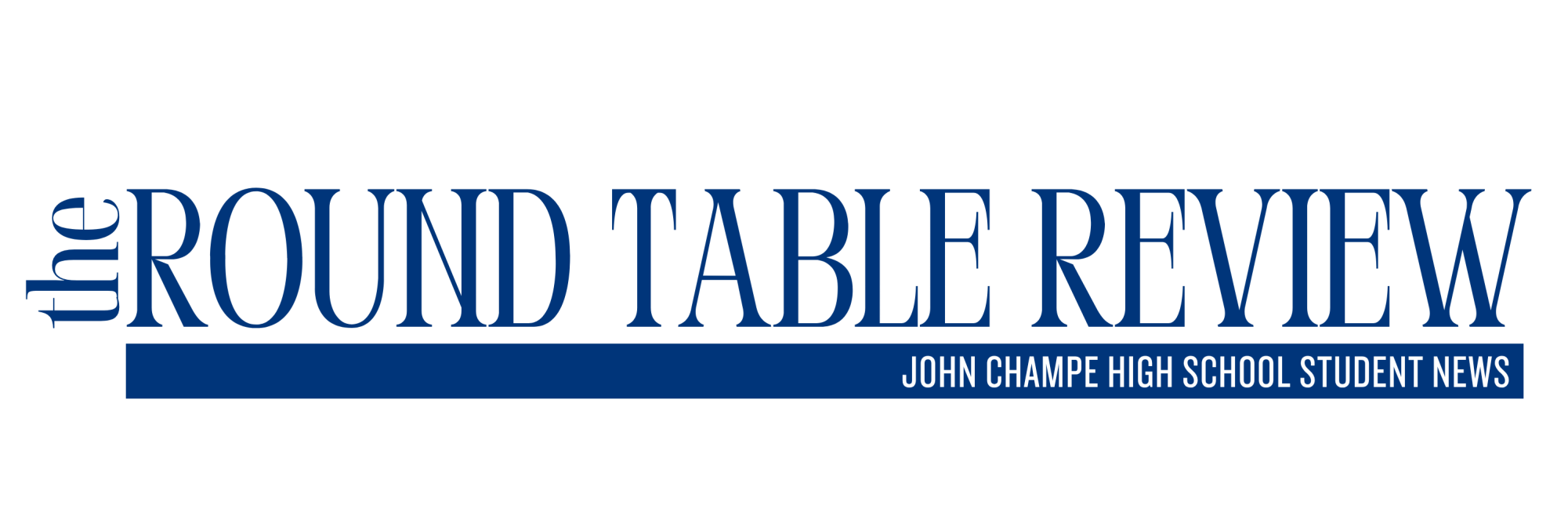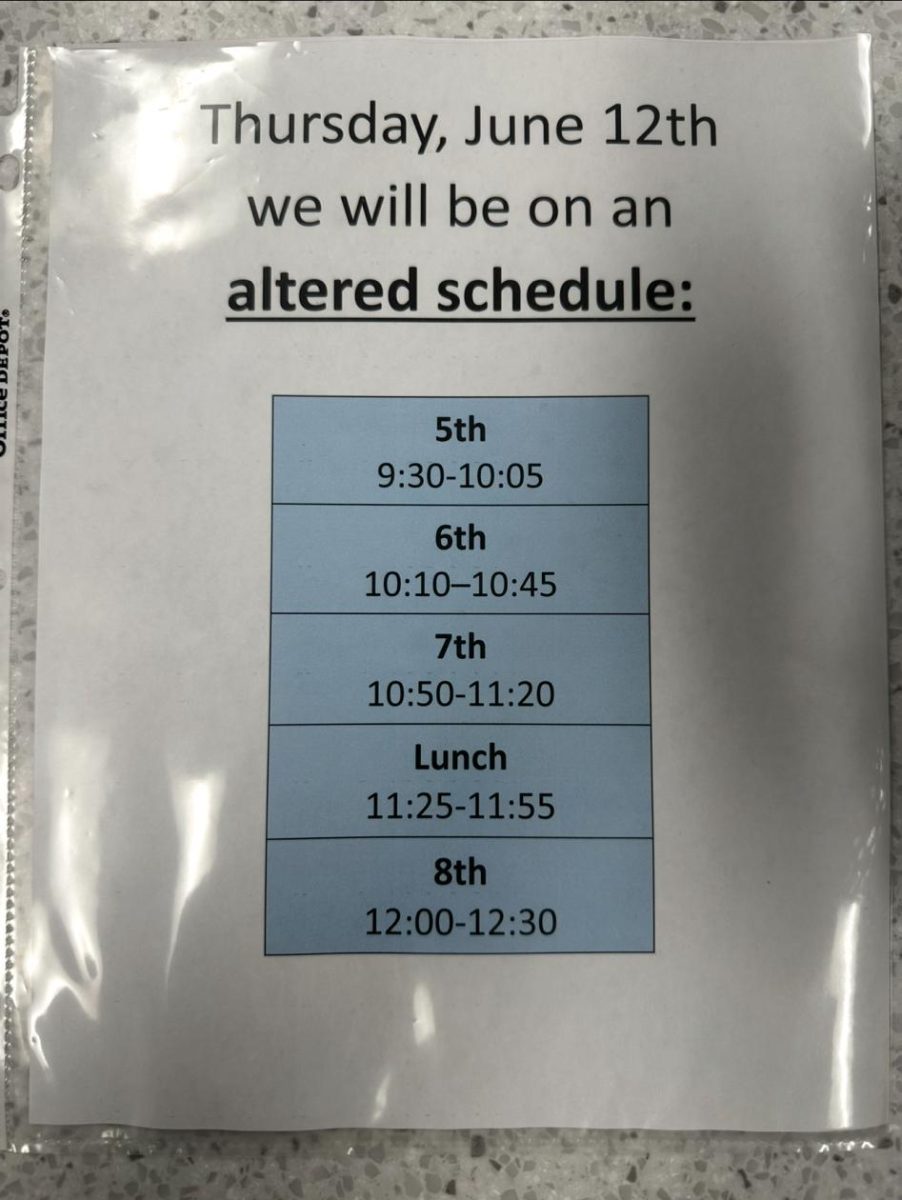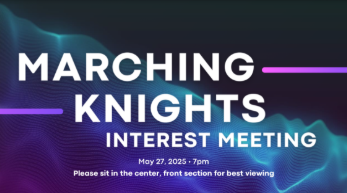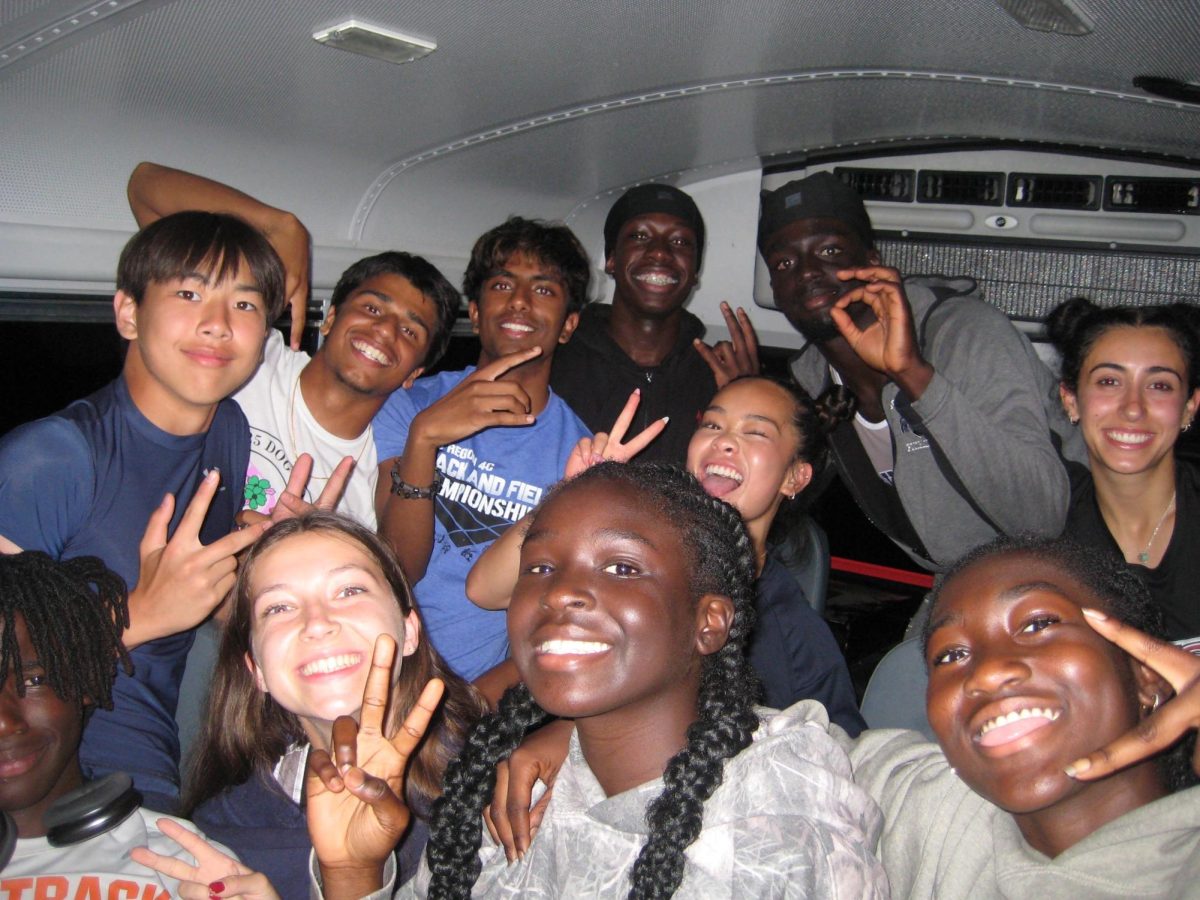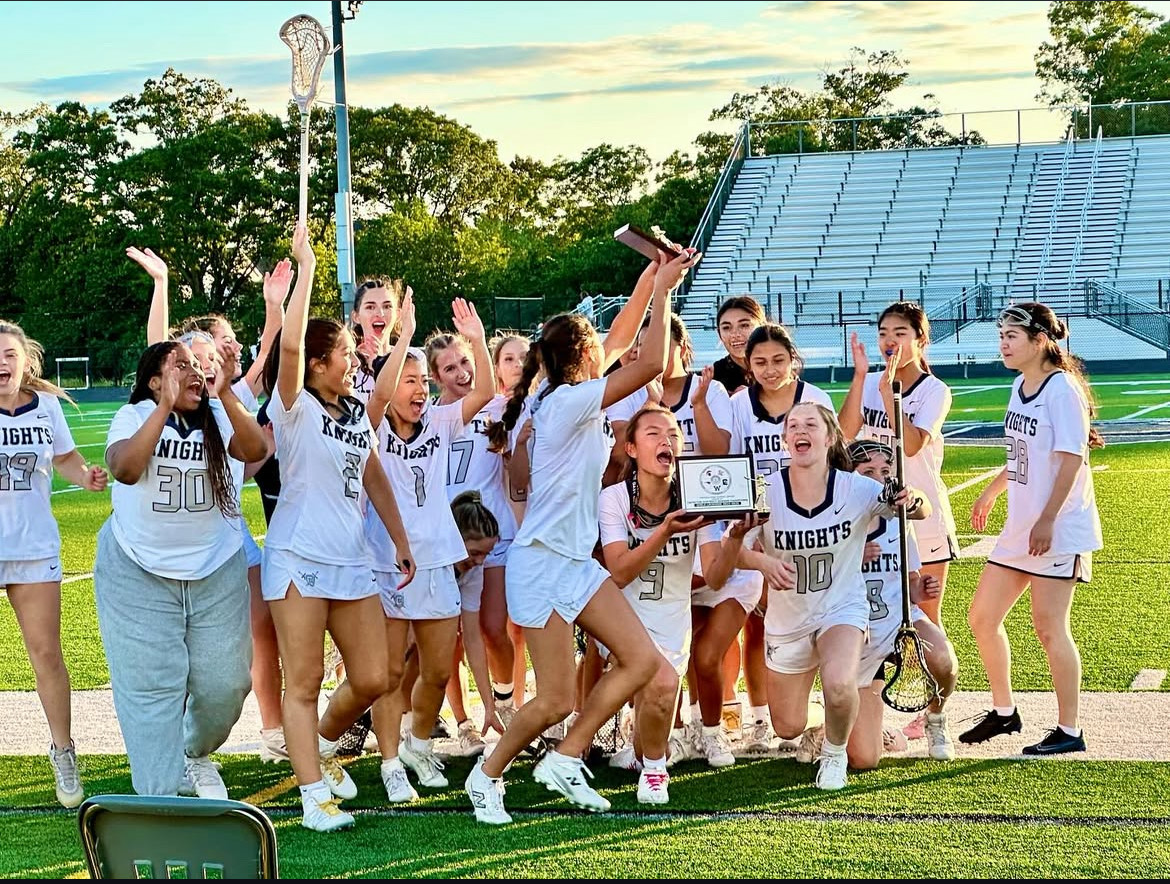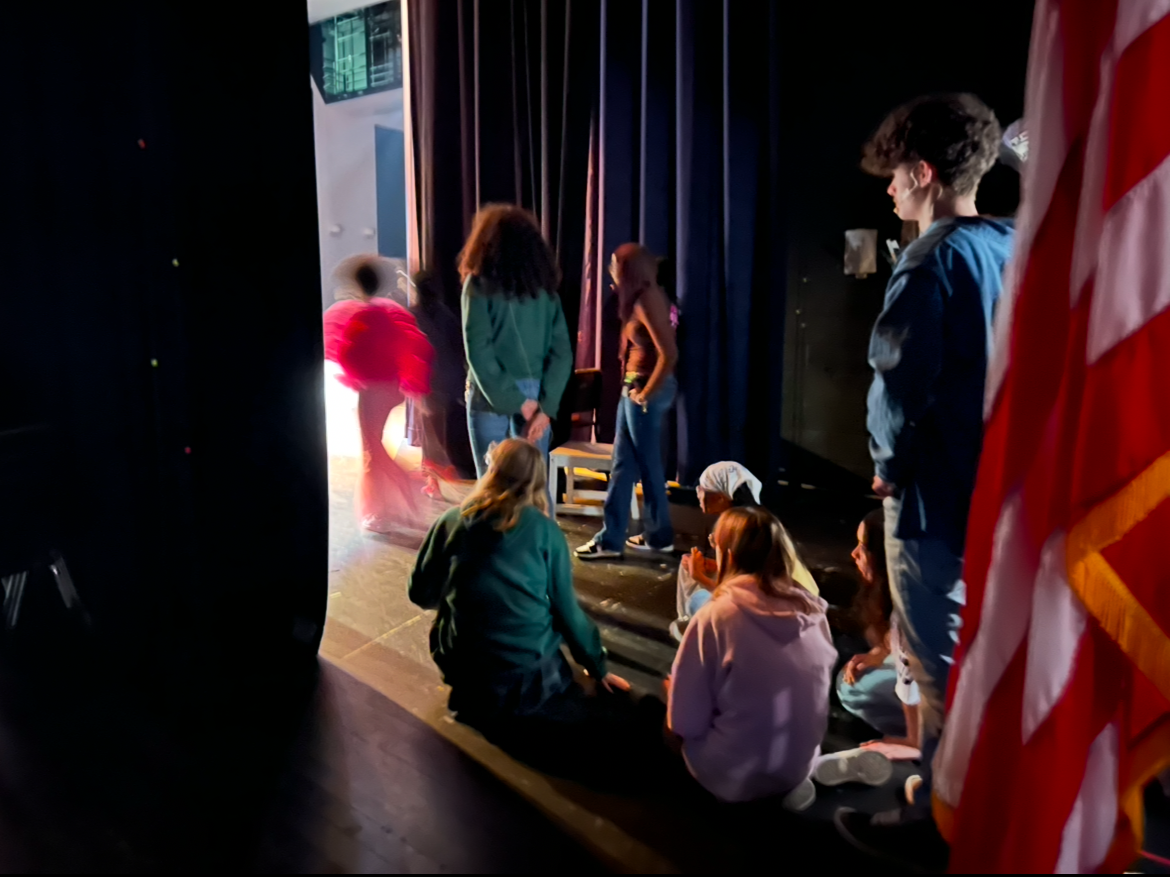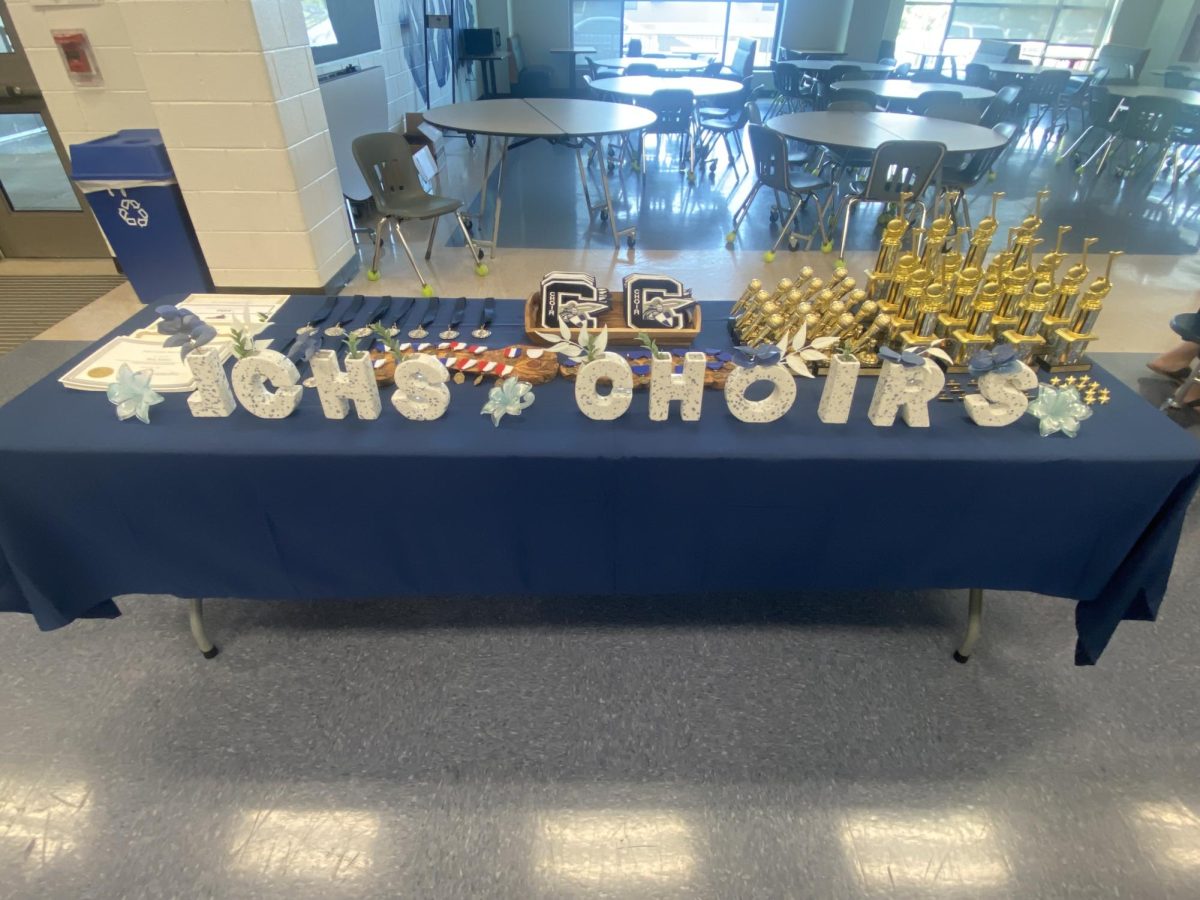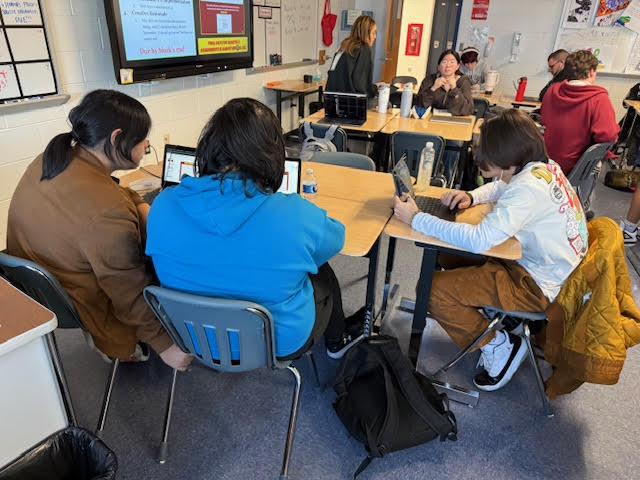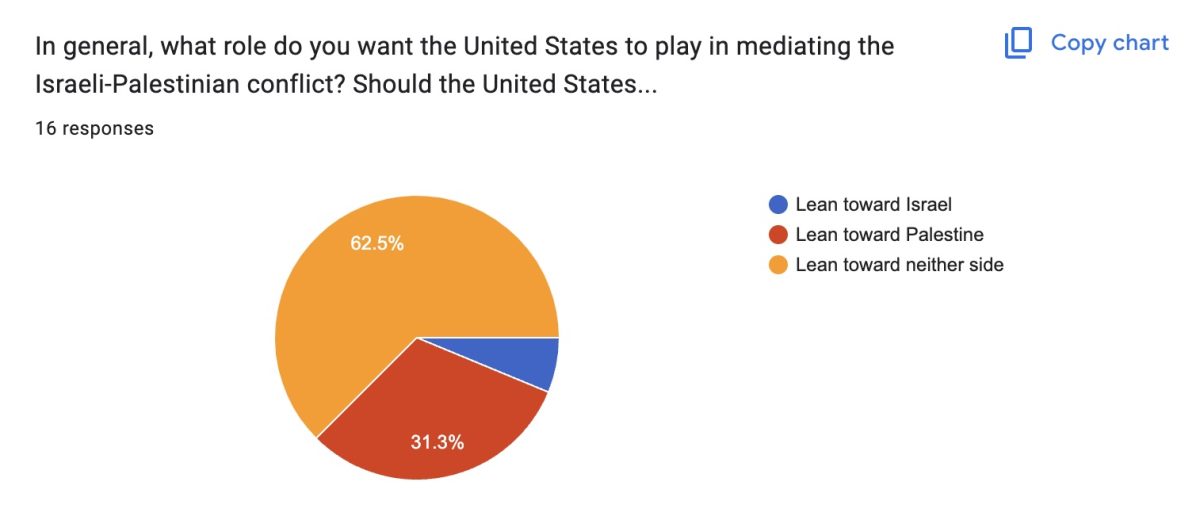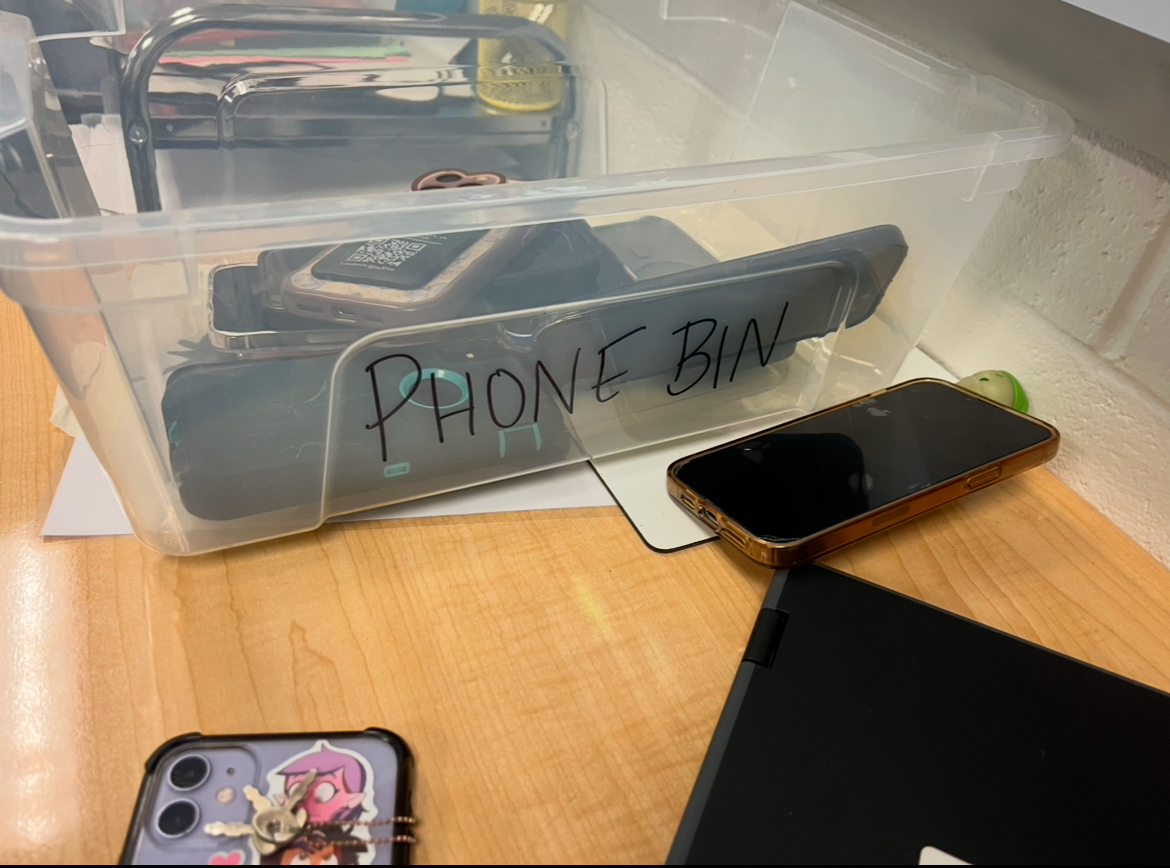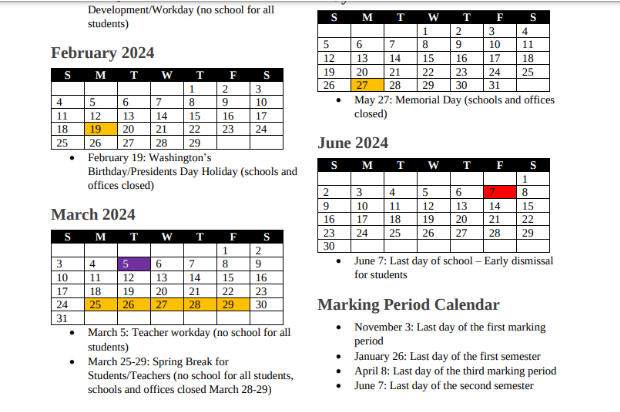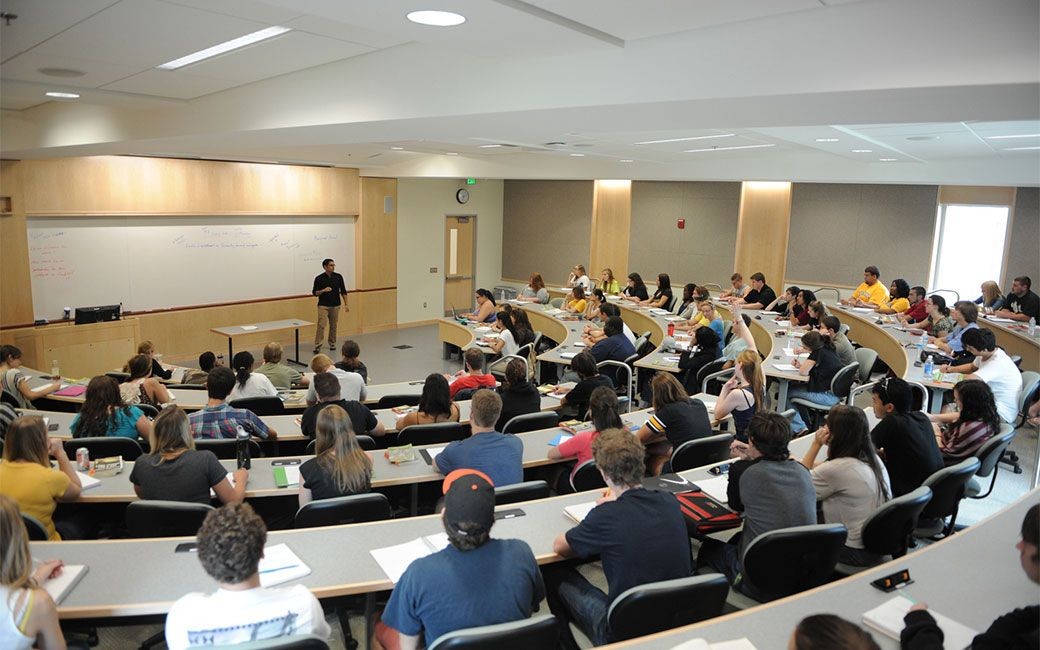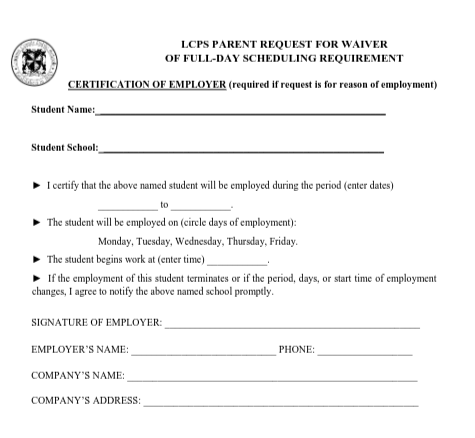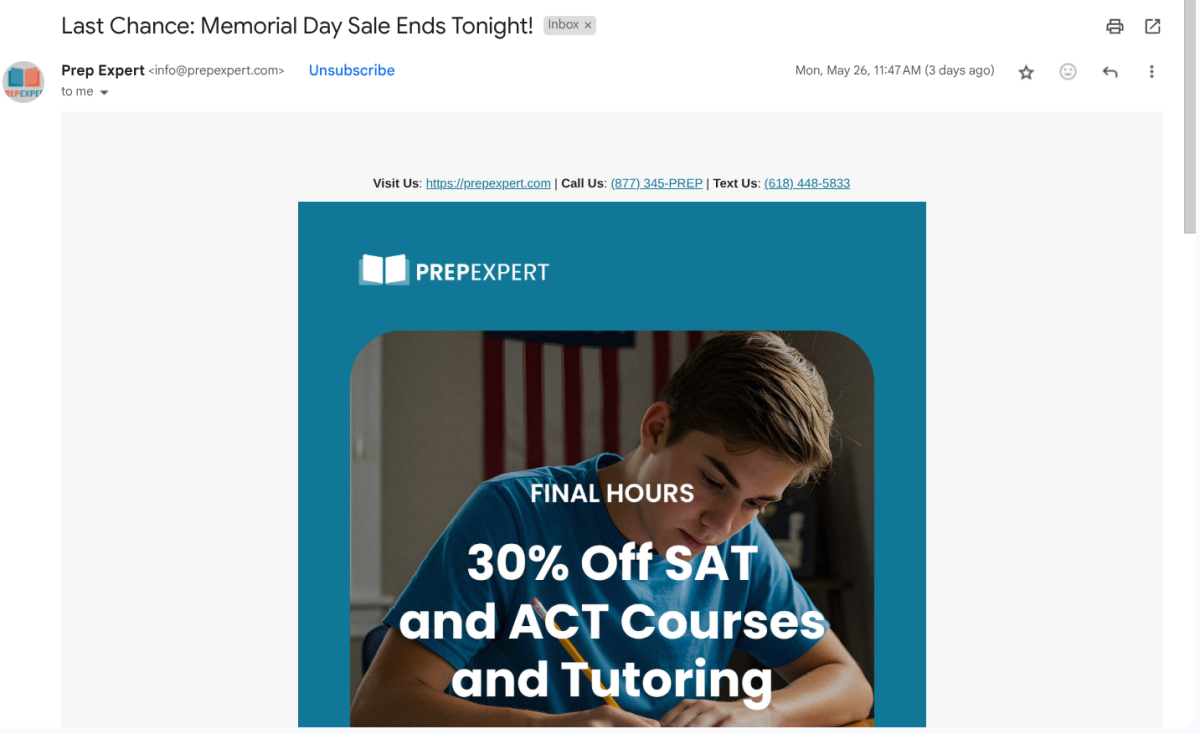Last November, the release of ChatGPT sent shockwaves through schools like an unexpected asteroid. As a high school senior navigating the tumultuous seas of academic challenges, witnessing the adoption of this seemingly alien technology was both intriguing and unsettling.
“In the midst of an academic year, ChatGPT appeared like an asteroid,” senior Dani Arul said, “reshaping how we approach learning.”
In the blink of an eye, teachers were confronted with a tool that enabled students to craft college-level essays, conquer complex problem sets, and excel in standardized tests. Some schools, in a knee-jerk reaction, attempted to ban ChatGPT and its counterparts.

(Shreya Manoj)
Over the course of the academic year, many schools reevaluated their initial stance on generative A.I., retracting the prohibitions they had hastily imposed. As we step into a new school year, conversations with educators reveal a mix of confusion, panic, curiosity, and excitement regarding the role of A.I. in education.
“I feel a mix of uncertainty and excitement; it’s like being handed a tool from the future and not quite knowing how to use it”
As a tech enthusiast and high school senior, I don’t possess all the answers, especially concerning the long-term impact of A.I. on education. Nevertheless, I can offer some practical short-term advice for schools grappling with the integration of generative A.I. into their classrooms.
Firstly, I encourage educators, particularly in high schools, to assume that practically all students are utilizing ChatGPT and similar tools for assignments unless supervised within school premises.
“As educators, we need to acknowledge the digital landscape our students operate in,” computer science teacher Steven Klix said.” It’s not about policing, but adapting.”

While not universally accurate, this assumption provides a valuable perspective for teachers aiming to adapt their teaching methods. Understanding the prevalence of A.I. usage prompts a reconsideration of traditional take-home exams and essays in favor of proctored exams, blue-book essays, and in-class group work.

(Shreya Manoj)
“Adjusting our methods is essential,” Mr. Thompson, a high school lcps math teacher said. “If students have access to powerful tools, our assessments should reflect that reality,”
Secondly, schools should reconsider reliance on A.I. detection programs to catch potential cheaters. Despite claims of accuracy, these tools often yield false positives and can be easily deceived by techniques like paraphrasing.
“AI detection programs are a double-edged sword,” junior Jaswanthi Vutukuri said, “they can create more problems than they solve,”
Even OpenAI, the creator of ChatGPT, discontinued its A.I. writing detector due to its unreliable performance.
In the ever-evolving landscape of education, high schools must embrace generative A.I. Recognizing its widespread use among students empowers educators to innovate and redefine assessment methods, ultimately enhancing the learning experience for all.
“As we navigate this AI revolution, our focus should be on leveraging,” said Klix, “for it to cultivate critical thinking and creativity, in our students.”
